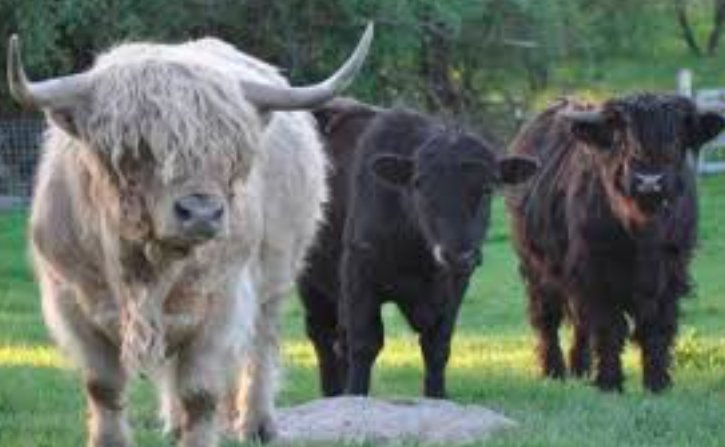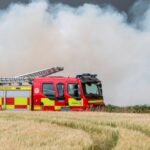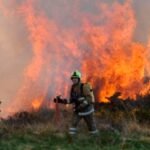A cash crisis in Scotland’s livestock sector threatens to erase centuries-old farming traditions and reshape the country’s rural identity
In the rolling glens and wind-scoured hills of rural Scotland, a quiet disappearance is underway. Once a defining feature of the landscape, cattle and sheep are slowly vanishing from the fields as livestock farms teeter on the brink of collapse, squeezed by soaring costs and stagnant returns.
Official figures show the average livestock farm in Scotland earned just £2,600 in profit last year—a figure so low it borders on symbolic. For two-thirds of farms, it wasn’t just bad; it was unsustainable. They lost money outright.
A Vicious Economic Spiral
“Livestock farming is caught in a vicious cycle,” says a senior figure at NFU Scotland, the national farming union. “Rising input costs, flat-lining meat prices, and increased reliance on imports are choking domestic production. It’s becoming harder to justify keeping cattle or sheep at all.”
The root causes are both global and local. Fertiliser prices have spiked. Feed costs remain high. Labour shortages continue to bite. Meanwhile, supermarket shelf prices remain tightly controlled, and government support schemes have struggled to keep pace with the economic reality on the ground.
For beef and lamb producers in Scotland—long considered among the best in the world—the economics no longer add up.

Rural Communities Under Threat
The crisis isn’t just financial. It’s cultural. Generational. Existential.
In areas like the Highlands, Galloway, and the Borders, livestock farming has been the backbone of community life for centuries. Now, as profits plummet, family farms are folding, and with them go local abattoirs, feed merchants, hauliers, and rural services.
“It’s not just about meat on a plate,” says a Dumfriesshire farmer whose family has raised cattle for five generations. “It’s about keeping schools open, post offices running, vets in work, and young people on the land.”
The warning signs are already visible. Slaughter rates are falling. Calf registrations have declined. Fields once grazed by sheep now lie overgrown or are being converted to forestry.
Scotch Meat at Risk
The decline in livestock numbers also jeopardises one of Scotland’s best-known global food brands: Scotch Beef and Scotch Lamb, both of which carry Protected Geographical Indication (PGI) status.
As domestic supply shrinks, retailers are turning to imported meat from countries with lower standards, longer supply chains, and less environmental oversight. The result? A race to the bottom, say farmers.
“Consumers may not notice immediately,” says the NFU spokesperson. “But the long-term effect is clear: a slow erosion of food sovereignty and a growing dependence on imports.”
A Call to Action
Farming leaders are now calling for urgent action across the board:
-
Consumers, they argue, need to buy locally whenever possible—choosing Scotch-labelled meat at supermarkets and supporting butchers who source from domestic farms.
-
Supermarkets, meanwhile, are being urged to re-balance the supply chain, offering fairer prices and longer-term contracts to livestock producers.
-
And government—both at Holyrood and Westminster—is under pressure to expand support and offer tailored schemes that reflect the real costs of sustainable livestock farming in Scotland’s unique geography.
Without intervention, the warning is stark: cattle and sheep may soon be gone from large swaths of the Scottish countryside—not because of climate change or disease, but simply because the economics stopped working.
A Disappearing Landscape
It’s a dramatic shift few would have predicted even a decade ago. Back then, Scottish beef and lamb were riding high, championed in global export markets and showcased in high-end restaurants from Edinburgh to Dubai.
Now, even long-standing farmers say they’re not sure how much longer they can hold on.
“We’re not asking to get rich,” says the Dumfriesshire farmer. “We just want to make a living doing what we do best—raising quality animals on land that’s been farmed for centuries.”
But unless that balance changes soon, future generations may look at Scottish hillsides and see only trees, wind turbines, and empty fields where sheep and cattle once roamed.


















